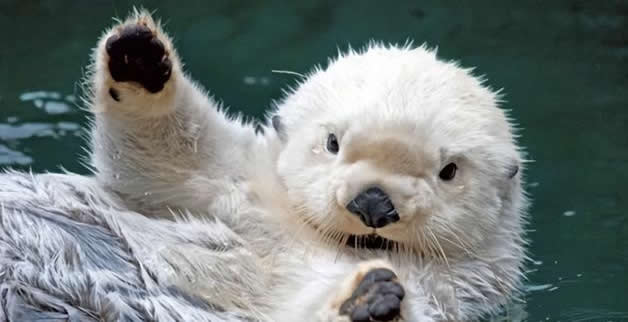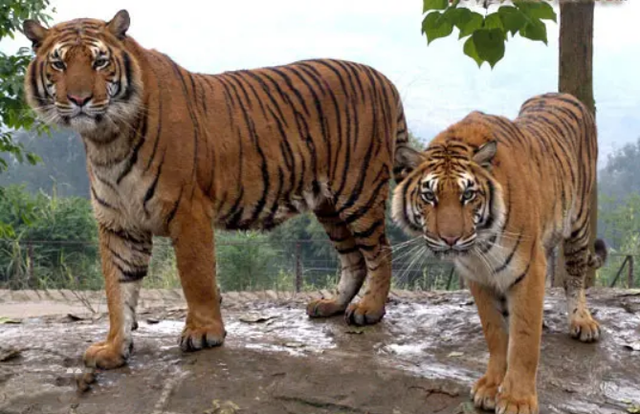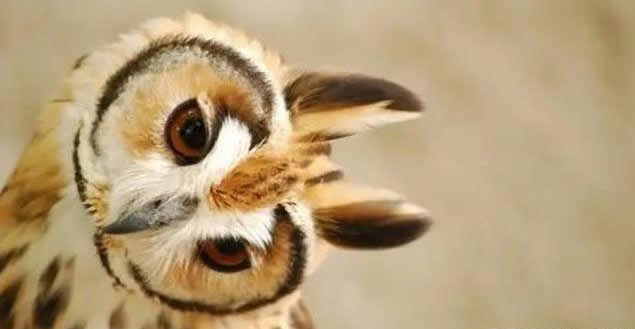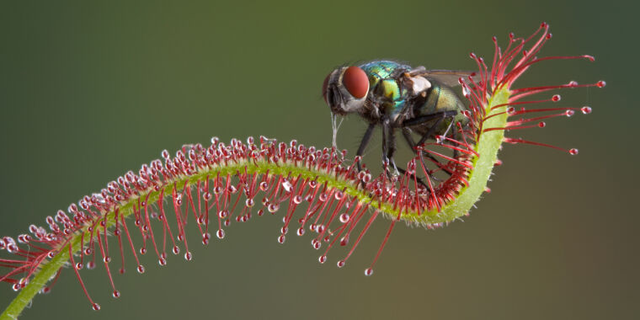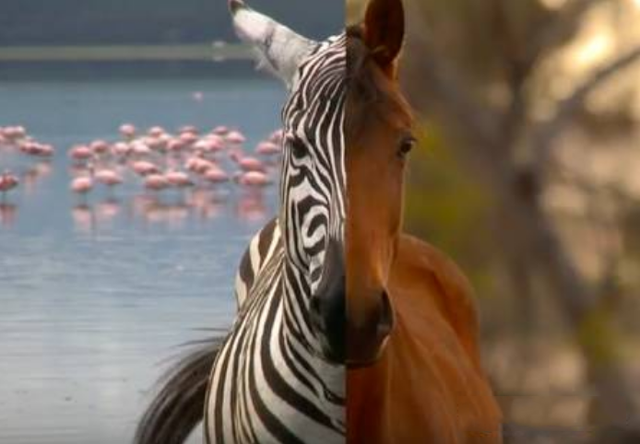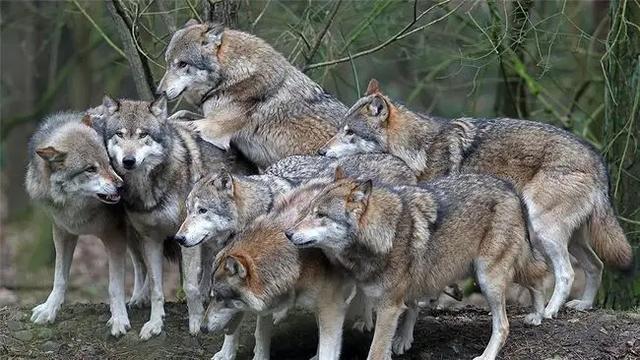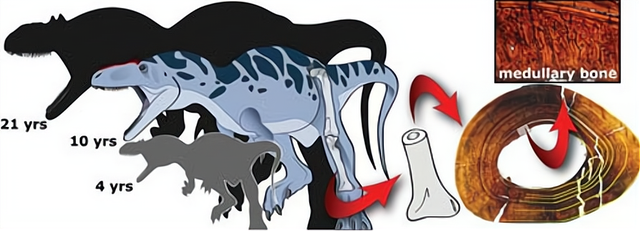The sea otter is a very cute looking animal that is known to be a professional in being cute, and there are various expressions of it circulating on the internet for internet users to love. Sea otters are not only cute in appearance, but also in their activities such as eating, swimming and sleeping, which all reflect their cute side. In 2013, it was ranked fifth on the list of the world's cutest species.
But it is this cute animal that also has a notoriously ferocious side to their breeding process, which is full of violence. When mating, male sea otters are so aggressive that they will bite the nose of a female and even bite off a few pieces of flesh, killing many females in the process.
Sea otter, the professional in cute
Sea otters are the smallest marine mammals on the planet, reaching lengths of around 1.5 metres and weighing around 40kg, much like a canine, with males being a little larger than females. Sea otters have long tails, which can take up to a quarter of their body length.
If nothing else, they may spend their entire lives in the sea, so in order to adapt to life in the ocean and be able to dive and swim, their hind legs are more developed and have duck-like flippers, but despite this they are not very fast swimmers.
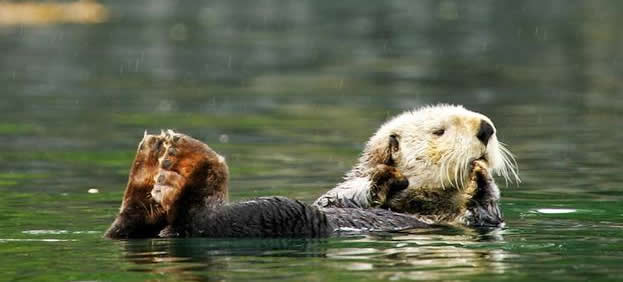
Their front paws are shorter than their hind legs, and their rounded heads make them look rather cute when viewed from the front. Although their front paws are short, they are very useful and they rely heavily on their front paws for feeding. The sea otter's favourite food is sea urchins, but the shells are very hard and have many sharp spikes, which is where their front paws come in handy. They swim on their backs on the surface, then place a square rock on their chest and belly and use their front paws to grab the urchin and smash it against the rock until the shell is cracked open and the flesh inside is exposed.
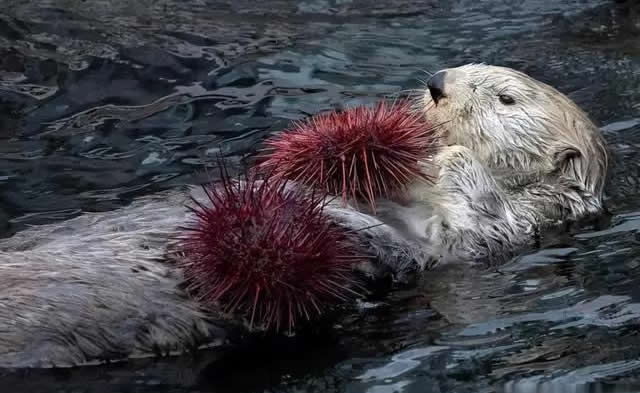
Sea otters are truly big eaters, eating up to 1/3 of their body weight every day. In addition to sea urchins, they also prefer to eat shells and crabs, so their main feeding posture is this backstroke, which has become their unique signature. They also have loose skin pouches underneath their forelimbs, into which the sea otter will put leftover food for re-eating. If a sea otter comes across rocks that are easy to use, it will also put them in the pouch and collect them.
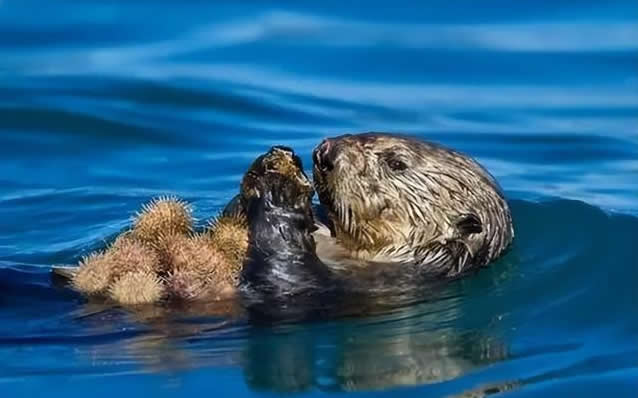
Their front paws are very flexible and as well as facilitating feeding, they can also be used for nest building. Sea otters will sometimes rest on rocks, but will also find small rocks with which to build a nest, when their flexible front paws turn them into builders. Most of the time they will sleep directly on the surface, which allows them to hide from predators on shore.
Sea otters are gregarious creatures, always moving in packs. During the day they often frolic together by the dozens or even hundreds, and take refuge in groups when they encounter danger. This group living allows them to live more safely, and as soon as a member spots danger approaching, it will slap its tail against the water as an alarm signal and the other members will quickly take cover.
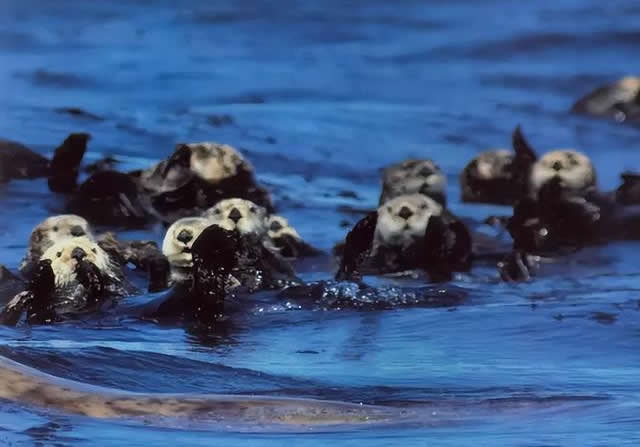
To prevent getting separated at sea, they will wrap seaweed around their bodies while they sleep before joining up with other members, making a striking sight of a sea otter swaying with the waves in the ocean.
Sea otters are also notoriously 'clean', spending long hours of the day grooming their fur from head to toe. But they don't do this to look good, they do it to survive. Often in polar waters, their fur plays an important protective role for them. If they are not cleaned in time, their fur will be rather messy and also easily stained with grease, in which case the seawater will soak through their skin and the sea otter just loses heat very quickly and their lives are threatened.
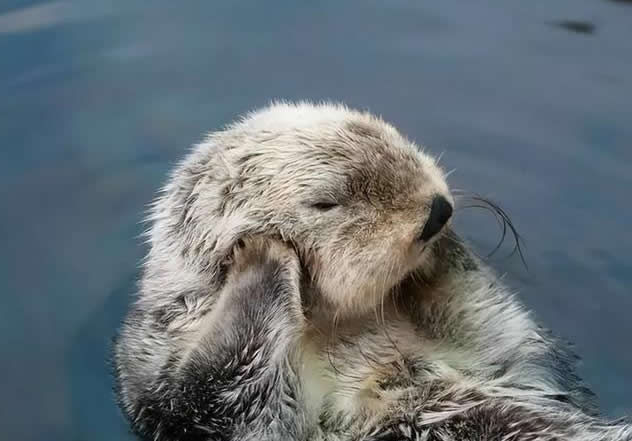
The sea otter's fur is very fine and is one of the absolute best in the animal kingdom, keeping them warm in cold conditions. But because of this precious fur, sea otters have been subject to a human killing frenzy, with people around the arctic hunting them for their pelts since the 18th century. In the 1990s, their numbers fell to less than a thousand and they were once endangered until laws banned the killing of sea otters and their numbers recovered.
The sea otter's cute and cuddly antics have made them the number one emoji in the emoji world, healing people's hearts.
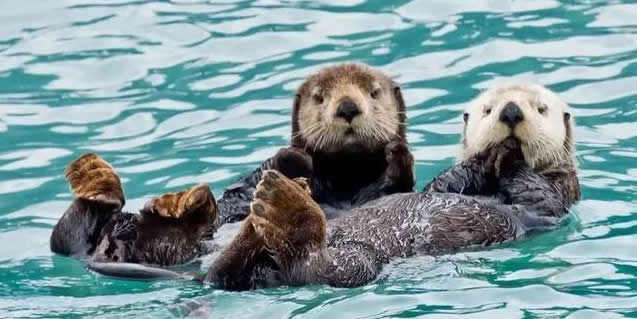
Sea otters in the dark during the breeding process
The breeding process for such an adorable animal is anything but friendly. Male sea otters will show their scary side during mating, like they've gone crazy and are a total violent maniac!
The male sea otter will carve out a sphere of influence around himself and will have his own way during mating, with no regard for the female's feelings. During mating, males will forcibly breed and if the females resist, the males will bite them, often leaving the males bruised and battered and at risk of being bitten alive. As males often bite the noses of females, the noses of females often become engorged with blood and older females will have very visible scars on their noses.

Male sea otters will also pin females under water. Although sea otters usually live in the sea, after all, as mammals, it is not possible to be underwater for long periods of time without breathing. The females are likely to suffocate, but the males don't care about this and will continue to mate until they are finished. Even more surprisingly, even if the female dies during the mating process, the male does not stop there. With females accounting for around 10% of sea otter deaths due to mating, it's safe to say that mating is the fate of many female sea otters.
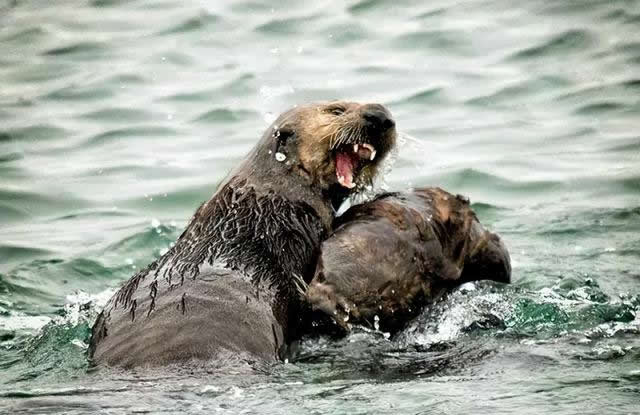
Sea otters practice polygamy, where a male will seek out multiple females to spend time with, but only for a few days each, and they do this for the important reason of knowing if they are breeding, and a male will also mate with multiple females during the breeding season.
The male sea otter's violent behaviour directly contributes to the decline in the proportion of females, and if the males are unable to find a mate, they have a darker side: The males will seek out other species, and seal pups are their target. Male sea otters will find seal pups and forcibly mate with them, and these seal pups end up in a tragic situation, mostly at the hands of the sea otter's violence.

The female sea otter has a long gestation period, taking about a year to give birth to her pups. Only one pup can be born in a litter, and the chances of twins are slim. But because food is scarce, the survival rate of pups is not high. Male sea otters often push their pups into the water and threaten them to give up their food in order to obtain it, bringing out their darker side. Sea otters are not abundant worldwide due to the frequent mating deaths of females and the low survival rate of their young.

Such brutal mating practices by sea otters are really rare in nature, but another animal in the ocean, the dolphin, also has a more aggressive breeding style. Like the sea otter, dolphins are relatively popular and they are the only animal in nature, apart from humans, that can derive pleasure from sexual intercourse. When it comes time for mating, male dolphins will seek out females and follow them in a constant chase, even tearing at them, sometimes with a dozen males chasing one female until she succumbs.
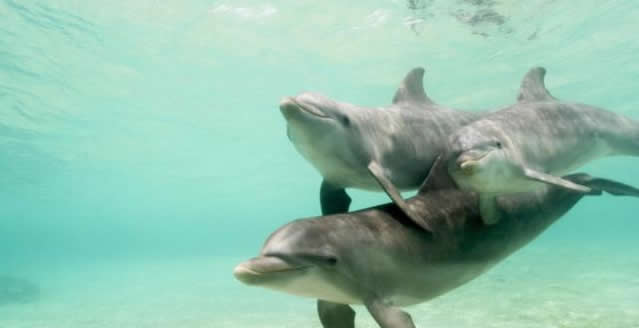
Dolphins have a very high intelligence and many of their behaviours are similar to those of humans. Homosexuality also exists among dolphins, and many male dolphins mate with females only to reproduce offspring, and their sexual orientation is still homosexual. Dolphins sometimes engage in incest, and this animal is also "Incestuous" In this respect, making them the most promiscuous in the animal kingdom.
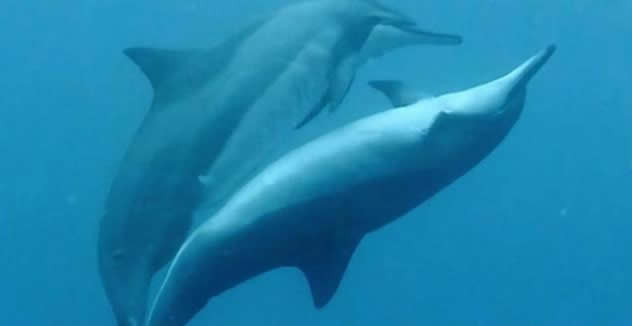
There are many other strange creatures in nature that share the same ancestry hundreds of millions of years ago. These animals evolved to develop similar living behaviours to humans, and they also socialise, think and constantly demonstrate their intelligence to humans. Animals like the sea otter, which have a darker side to them despite their nerdy appearance, show us that it is important not to focus on the surface of things, but also on what is inside, otherwise we can be deceived by appearances.

